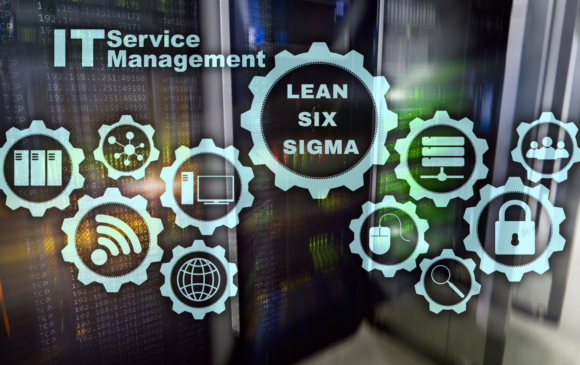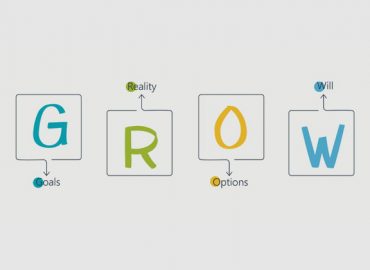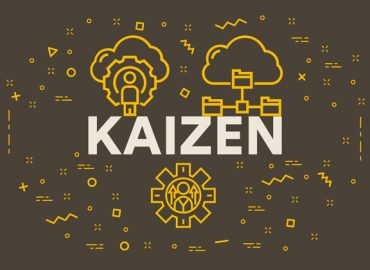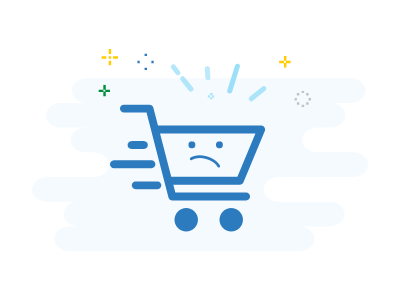The perception that Lean Six Sigma exclusively benefits the manufacturing sector is a widespread myth that overlooks its versatile applicability across various industries. In reality, Lean Six Sigma principles are equally effective in enhancing efficiency, reducing waste, and improving customer satisfaction within the service industry. This blog post aims to debunk this myth by showcasing examples of Lean Six Sigma in service environments and providing a roadmap for its implementation and maintenance. Through this exploration, service-oriented businesses can unlock the potential of Lean Six Sigma to streamline operations, elevate service quality, and foster a culture of continuous improvement.
Lean Six Sigma in the Service Industry: Real-World Applications
Lean Six Sigma’s core objective is to eliminate waste and optimise processes, principles that are as crucial in services as in manufacturing. Here are several examples demonstrating its efficacy in service sectors:
- Financial Services: Banks and institutions implement Lean Six Sigma to streamline loan processing, reduce transaction errors, and enhance customer service experiences. By scrutinising, and refining workflows, businesses can reduce processing durations and enhance precision, culminating in elevated levels of customer satisfaction.
- Healthcare: Hospitals and providers apply Lean Six Sigma to improve patient care and operational efficiency. Initiatives include reducing patient wait times,optimising scheduling systems, and improving medical billing accuracy. The result is enhanced patient outcomes and more efficient service delivery.
- Hospitality: In the hospitality industry, Lean Six Sigma can optimise booking processes, improve housekeeping operations, and enhance the guest experience. By analysing customer feedback and operational data, hotels and restaurants can identify bottlenecks and areas for improvement, leading to increased guest satisfaction and loyalty.
- Retail: Retailers use Lean Six Sigma to improve inventory management, streamline checkout processes, and enhance the shopping experience. Retailers can boost sales and customer satisfaction by minimising stockouts and wait times.
Implementing Lean Six Sigma in the Service Industry
- Training and Certification: Train key personnel in Lean Six Sigma methodologies. Offering different levels of certification (Yellow Belt, Green Belt, Black Belt) ensures a widespread understanding of the principles across the organisation.
- Identify Key Processes for Improvement: Use customer feedback and performance data to identify critical service processes directly impacting customer satisfaction. Focus on areas with the most significant potential for improvement.
- Map Current Processes: Document and map out existing workflows to identify inefficiencies, bottlenecks, or unnecessary steps that add no value to the customer.
- Analyse and Implement Changes: Utilise Lean Six Sigma tools, such as DMAIC (Define, Measure, Analyse, Improve, Control), to analyse processes, implement changes, and monitor results. Aim for solutions that reduce waste, enhance efficiency, and improve service quality.
- Monitor Results and Iterate: Continuously monitor the impact of implemented changes on service quality and customer satisfaction. Use feedback and performance data to make further adjustments and improvements.
Maintaining Lean Six Sigma Principles
Maintaining the momentum of Lean Six Sigma in the service industry requires continuous effort and a commitment to a culture of improvement:
- Regular Training and Development: Ongoing training ensures employees remain proficient in Lean Six Sigma methodologies and adapt to new challenges.
- Continuous Monitoring: Regularly review service processes and customer feedback to identify new areas for improvement.
- Promote a Culture of Excellence: Foster an organisational culture that values continuous improvement, efficiency, and customer satisfaction. Encourage employees to identify inefficiencies and suggest improvements.
Conclusion
The myth that Lean Six Sigma is solely for manufacturing ignores its significant benefits for the service industry. By applying Lean Six Sigma principles, service businesses canoptimise operations, enhance customer satisfaction, and reduce costs. Service industry can achieve operational excellence and efficiency that rival manufacturing through dedicated implementation and ongoing maintenance of Lean Six Sigma methodologies. In doing so, businesses debunk the myth and elevate their service offerings to new heights.
Do you need Lean and Six Sigma for your Business? CBIS can help. Contact our Expert Coaches and Consultants today.
What is DFSS? Design for Six Sigma is used to perfect products and processes before...
What is DOE? In general usage, design of experiments (DOE) or experimental design is the...
What is coaching? Coaching is a cyclical process of elevating the other persons’ awareness of...
Lean Six Sigma is a powerful method for improving existing products, processes and services. One...
Introduction In our lean six sigma projects, too often we spend all our time on...
What is a Kaizen Blitz? Kaizen definition has been Americanised to mean “Continual Improvement.” A...
Overview Layout planning is one of the most important aspects of Lean manufacturing. In some...
As global competition continues to grow, the pressure to improve becomes more and more intense....
What is SMED? SMED is the term used to represent setup time and is often...
Lean Six Sigma projects can lead to a rewarding experience and immense benefits for an...
Introduction Value Stream Map (VSM) is a diagram of every step involved in the material...
Attending our Public classroom physically or joining the team virtually from anywhere, according to the training calendar.
A flexible self-paced training for busy people along with our support by a dedicated coach, to solve the disadvantage of one-way online training
Delivering flexible and tailored training for your team and at your premises as a cost-effective solution for your team.













